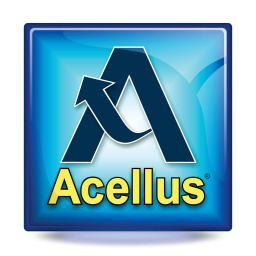Elementary Art

Course Features
Course Details
Course Overview
The Acellus Elementary Art course is a dynamic and immersive exploration of the world of art, designed to foster creativity, self-expression, and a deep appreciation for various artistic elements and principles. Beginning with an introduction to personal artistic identity, students progress through units that cover fundamental aspects such as line, shape, color, form, space, and texture. The course extends into advanced topics, including the psychology of color, proportions, and the distinction between realistic and abstract art.
Through hands-on projects, Acellus Master Teacher Laura Bally engages students with diverse materials, techniques, and artistic styles, providing exposure to a broad skill set and a critical eye for assessing and appreciating artwork. The curriculum culminates in a celebration of art and color, emphasizing the interconnectedness of the elements and principles of art. The course concludes with a focus on illustrations, combining writing and visual arts in mixed media projects. Ultimately, the students are guided in creating a rich portfolio showcasing their artistic growth and understanding of the diverse facets of the artistic world.
Sample Lesson - Let's Try It! Spring Birds
 This course was developed by the International Academy of Science.
Learn More
This course was developed by the International Academy of Science.
Learn More






